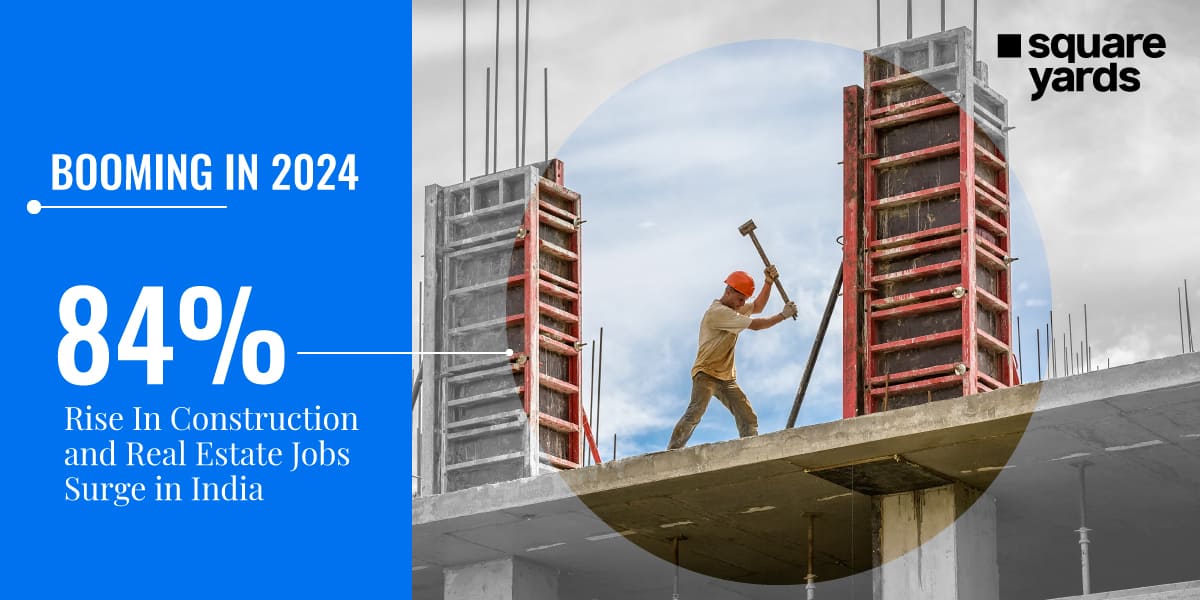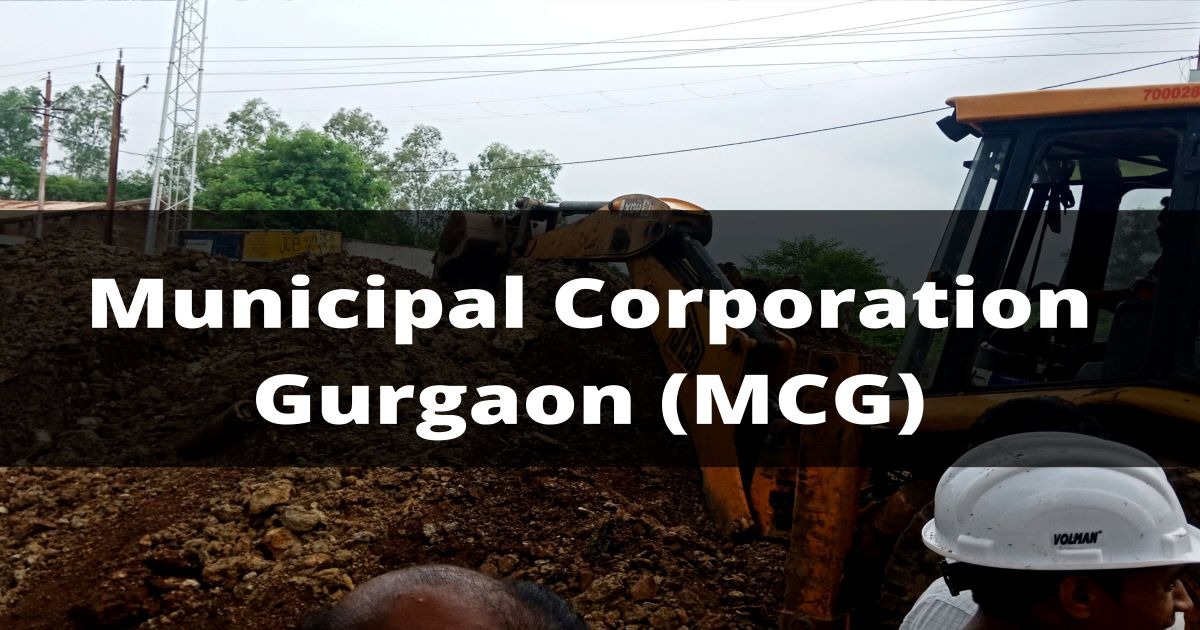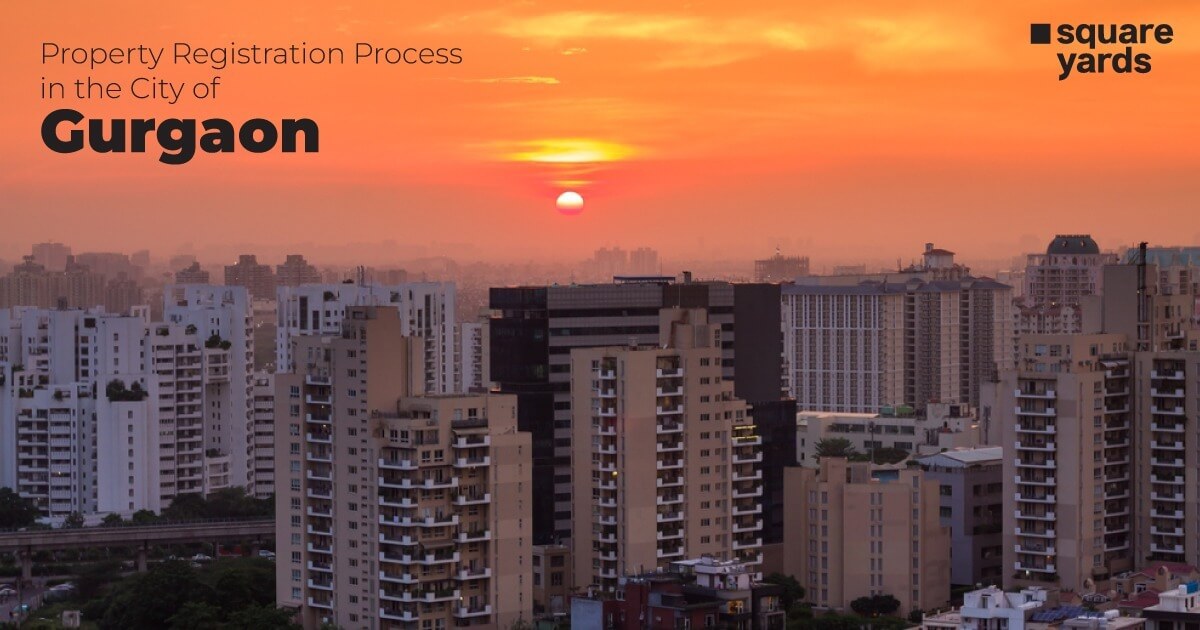There is a popular saying that every underdog has its day. Indeed, the hitherto underdogs of the Indian real estate market, namely the Tier-2 and Tier-3 cities, are finally having their well-deserved moment in the sun! They are transforming into mega growth centres with developers investing in big-ticket realty projects in these cities and subsequent infrastructural growth happening at a rapid rate as well.
Long-term real estate investors now have more confidence in the sector owing to Government sops and other initiatives which have cleaned up the sector. Real estate investors are reportedly preferring Tier-2 and Tier-3 cities on account of their lower property prices and rapidly growing infrastructure which leaves ample scope for future growth. NRIs (Non-Resident Indians) continue to be active in the Indian property market and they mostly prefer metros like Bangalore. The reforms in the realty sector along with sops offered by the Government have infused fresh life into the industry and these are helping garner more investments, particularly in Tier-2 and Tier-3 cities as per experts.
How investors are betting big on Tier-2 and Tier-3 cities
Experts have stated that Tier-2 and 3 cities are now the biggest draws for investments in the real estate market. There are several key factors to be observed in this case:
- Tier-2 and 3 cities are emerging as investor favourites owing to lower prices of property and growing infrastructure.
- Overall potential for growth is higher in these cities as compared to saturated metros in the country.
- Close to 1/3rd of realty investors in the country favour investing in these cities as per reports while Bangalore follows closely as the next most preferred option.
- The sops offered by the Central Government are working their magic on the realty market and long-term investors are steadily coming back to the market.
- Almost 60% of people have bought property as end-users while the remainder has invested for the long haul which is higher than previous estimates.
- The Union Budget for 2019-20 has also offered several incentives for investors in property including the rise in the TDS limit to Rs. 2.4 lakh from Rs. 1.8 lakh on rental income and the exemption of capital gains on two properties priced up to Rs. 2 crore once in a lifetime.
- Investments in property, particularly with a view towards earning rentals, is again a favoured activity in the Indian market. This is benefiting Tier-2 and 3 cities which have huge growth potential.
- Investors are drawn by the clean-up in the sector with reforms like RERA and GST along with the emphasis on affordable housing which has spread its roots throughout these cities.
- There is an urgent need for expansion of basic infrastructure of metros to surrounding zones and towns. This is leading to higher demand for Tier-2 and 3 cities in terms of housing.
- The setting up of major roads, transportation projects, new business and commercial hubs in these cities and increasing job opportunities have led to investor demand picking up for property in these locations.
- Affordability levels have gone up considerably for cities like Ahmedabad and even Pune and the affordable housing sector is fuelling investments in such cities.
- Many people who have migrated to metros for professional purposes still prefer investing in properties in their home towns or native places. This trend will fuel investments in the near future as forecasted by experts.
Why Tier-2 and Tier-3 cities make for good investment propositions
Now that you’ve learnt about the how, what and where of things, it’s time to get down to the brass tacks as far as the why is concerned. Why are these cities good propositions from an investor’s perspective? Here are some of the probable reasons:
- Lower prices- Costs of construction are way lower in Tier-2 and 3 cities as compared to metros which leads to lower prices for homes. Real estate developers are finding it easier to come up with affordable housing projects in these cities due to the lower costs and more affordable prices of land. This will naturally draw investors towards reasonably priced properties in these locations.
- Higher supply levels and balanced markets- Tier-2 and Tier-3 cities are often balanced markets with ample scope for future growth and appreciation. Land supply is higher in these cities as compared to the diminishing land levels in major metropolises. This naturally helps balance out the market while keeping prices lower for consumers without compromising on ticket sizes.
- Government Support- The Government is emphasizing hugely on affordable housing under its Housing for All by 2022 blueprint while also giving infrastructure status to the sector. The GST rates have been lowered to 1% from 8% for affordable housing projects while there are PMAY (Pradhan Mantri Awas Yojana) incentives on offer as well.
- Infrastructural Growth- Most of these Tier-2 and Tier-3 cities are reaping the benefits in terms of infrastructural projects covering transportation, social amenities, connectivity and physical infrastructure. Metro corridors, new business hubs, airports and initiatives like the bullet train between Mumbai and Ahmedabad naturally offer ample employment opportunities, price appreciation and improved demand in the future.
Growing infrastructure and commercial/industrial growth in these cities will naturally draw the attention of investors as far as the real estate sector is concerned. For the moment, there is huge scope to grow in these markets for the realty sector, particularly over the next few years as an infrastructural explosion sweeps the nation.




































